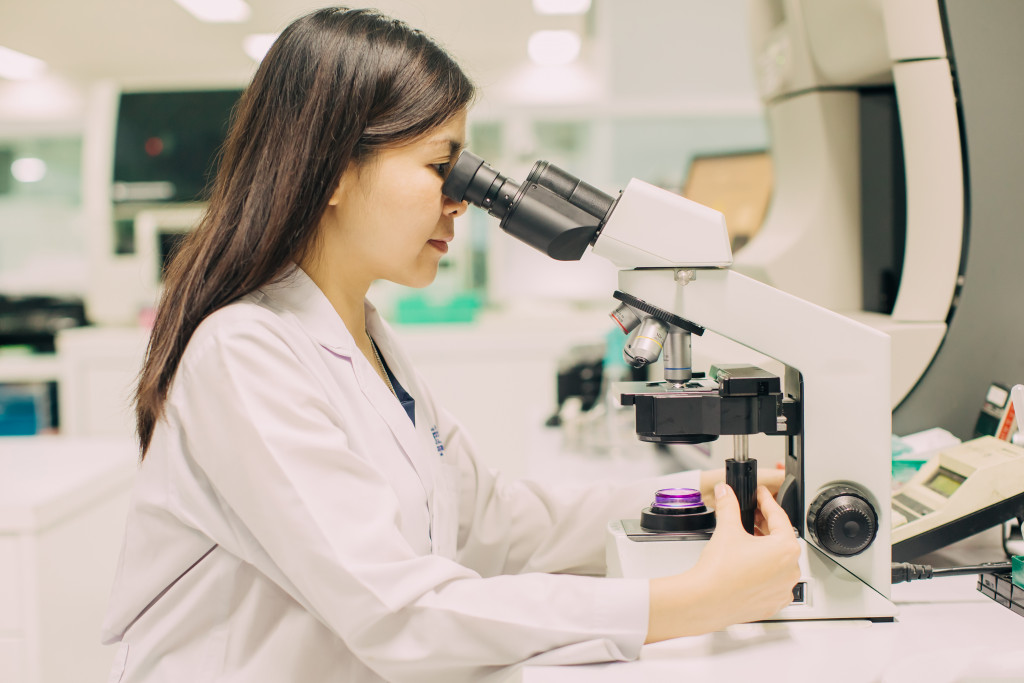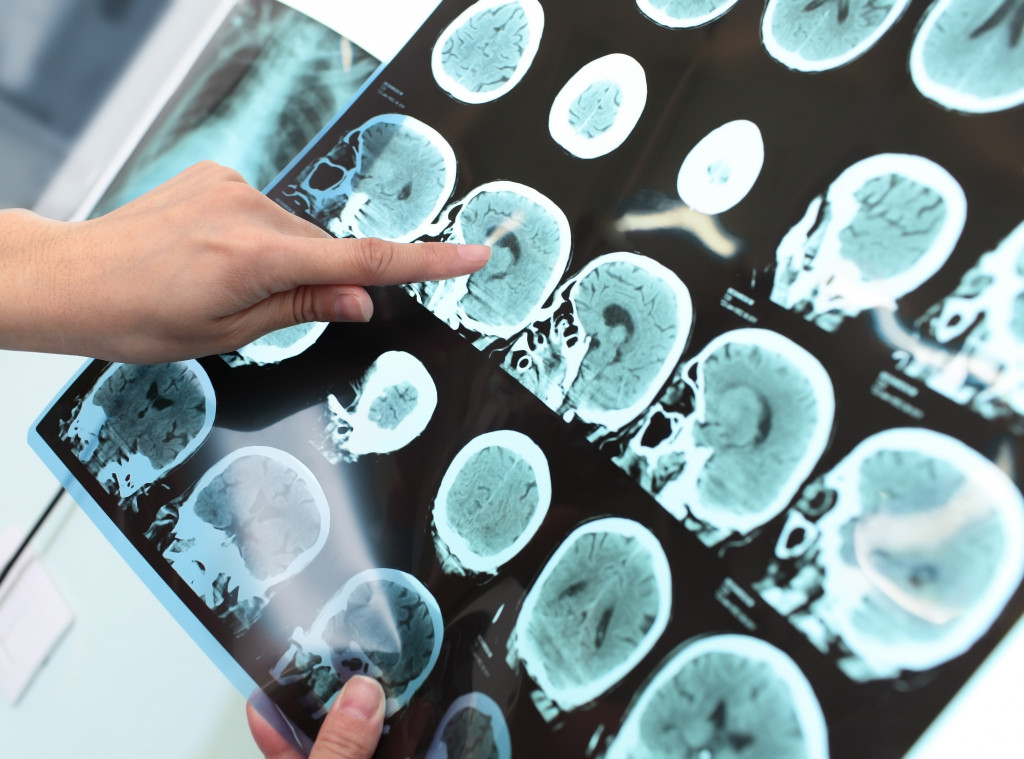It’s no secret that our world is constantly changing. New technologies and discoveries are made daily, and these advancements often have a ripple effect that touches almost every aspect of our lives.
The health sector is no different—innovation and breakthroughs in science can lead to new and improved treatments for conditions, more effective preventative care, and a higher quality of life for patients. Here’s a look at how innovation and breakthroughs in science benefit the health sector.
Better Treatments
One of the most obvious ways that innovation and breakthroughs in science benefit the health sector is by providing better treatments for patients. Discoveries can lead to more effective medications being developed, as well as new methods of delivery (such as implantable devices). These are pacemakers, cochlear implants, and deep brain stimulation.
In many cases, new treatments are less invasive than older ones and have fewer side effects. This is particularly beneficial for elderly patients and those with chronic conditions who may be more vulnerable to the risks associated with surgery or powerful medications.
Improved Preventative Care
In many cases, the best way to treat a condition is to prevent it from occurring in the first place. This is where innovation and breakthroughs in science can make a difference. For example, research into risk factors (such as genetic markers) can help identify individuals at a higher risk for developing certain conditions. This knowledge can then be used to develop preventative measures (such as lifestyle changes or medications) that can help reduce the risk of those conditions developing.
Higher Quality of Life
In some cases, innovation and breakthroughs in science may not necessarily lead to new or improved treatments, but they can still positively impact patients’ lives. For example, advances in medical technology can make it possible for people to live longer and healthier lives (even with chronic conditions). Additionally, research into quality-of-life issues (such as pain management) can help improve patients’ quality of life even if there is no cure for their condition.
Constantly Changing the World
Innovation and breakthroughs in science are constantly changing our world—the health sector is no exception. Discoveries can lead to better treatments for patients, improved preventative care, and a higher quality of life for everyone involved. The next time you hear about a new scientific breakthrough, take a moment to think about how it might benefit the health sector—you might be surprised at just how big an impact it could have!

Innovation In Science That Affects The Health Sector
There’s no doubt that science affects the health sector. After all, it’s thanks to advances in medical science that we have access to vaccinations, lifesaving drugs, and treatments for a whole host of conditions. But how does innovation in other areas of science benefit the health sector?
Machine Learning is Being Used to Diagnose Disease
Machine learning is a form of artificial intelligence that teaches computers to learn from data. Healthcare organizations are using this technology to help diagnose diseases. For example, machine learning algorithms can identify features associated with certain diseases by analyzing CT scan images. This means that doctors can be alerted to the presence of disease sooner, leading to earlier treatment and better outcomes.
3D Printing is Being Used to Create Prosthetic Limbs
Prosthetic limbs have come a long way in recent years, thanks partly to 3D printing. This technology allows for creation of customized prosthetics that are lighter and more comfortable than ever before. 3D printing is also much faster and less expensive than traditional methods of manufacturing prosthetics. As a result, more people who need prosthetic limbs can get them.
In dentistry, this could be used to create dental implants that look and feel more like natural teeth. They could also be used to create dental prosthetics, such as dentures and crowns. With 3D printing technology, we can replace teeth faster and more accurately than traditional methods. Plus, it is a more comfortable and economical method with a perfect finish.
Nanotechnology is Being Used to Develop New Treatments for Cancer
Nanotechnology involves manipulating matter at the atomic and molecular levels. This technology is being used to develop new treatments for cancer, such as targeted drug delivery systems that can specifically target cancer cells while minimizing side effects. Nanotechnology is also being used to create new imaging techniques that can be used to detect cancer earlier than ever before.
Innovation is Here to Stay
Innovation in science doesn’t just benefit the health sector; it helps advance the whole field of medicine. By staying abreast of the latest scientific breakthroughs, healthcare professionals can ensure that they provide the best possible care for their patients. And that’s good news for everyone involved.

